Padma Nadir Majhi: Padma Nadir Majhi is a novel written by Manik Bandopadhyay, one of the prominent Bengali writers of the 20th century. The novel is set in the backdrop of the Padma River, which flows through Bangladesh and West Bengal. It is a portrayal of the struggles of the fishermen community living along the river, who are constantly at the mercy of the unpredictable river, and their fight for survival in a hostile environment. The novel has been translated into several languages and has been adapted into a critically acclaimed film directed by Goutam Ghose.
Plot Summary of Padma Nadir Majhi
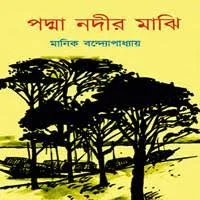
The novel tells the story of Hossain Miya, a fisherman who lives with his family in a small village on the banks of the Padma River. Hossain is a hardworking man who is determined to make a living from fishing, despite the many challenges he faces. His life is turned upside down when a wealthy businessman sets up a jute mill on the river, which leads to the pollution of the river and the depletion of fish stocks. This leaves the fishermen with no choice but to turn to illegal means of fishing to make ends meet.
Hossain, who is initially reluctant to join the illegal fishing trade, is eventually forced to do so in order to provide for his family. However, he soon realizes the devastating impact that his actions are having on the river and the environment. He becomes determined to change his ways and to fight against the jute mill owner and his henchmen, who are responsible for the destruction of the river.
Along the way, Hossain is helped by a young girl named Kapila, who is the daughter of a boatman. Kapila is an intelligent and independent young girl who is not afraid to stand up for what she believes in. She becomes a source of inspiration for Hossain, who is impressed by her bravery and determination.
Themes of Padma Nadir Majhi
The novel explores a number of themes, including poverty, environmental degradation, and social inequality. The fishermen in the novel are portrayed as being trapped in a cycle of poverty, which they are unable to escape from due to the hostile environment in which they live. The jute mill owner is portrayed as being a symbol of the wealthy elite, who exploit the poor for their own gain. The novel also highlights the devastating impact that human activities can have on the environment, and the need for individuals to take responsibility for their actions.
Symbolism of Padma Nadir Majhi
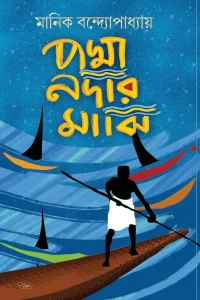
The river is a powerful symbol in the novel, representing both life and death. It is the source of life for the fishermen, who rely on it for their livelihoods. However, it is also a dangerous and unpredictable force, capable of causing destruction and death at any moment. The river also represents the cyclical nature of life, as it flows endlessly from its source to the sea, mirroring the never-ending struggles of the fishermen.
The boat is another important symbol in the novel, representing freedom and independence. The fishermen use their boats to navigate the river, and they become a symbol of their ability to overcome the challenges they face.
Adaptations of Padma Nadir Majhi
The novel has been adapted into several films and plays. The most notable adaptation is the film Padma Nadir Majhi, directed by Goutam Ghose. The film won several awards, including the National Film Award for Best Feature Film in Bengali. The film remains a classic of Bengali cinema and is widely regarded as one of the best adaptations of a Bengali novel.
Padma Nadir Majhi is a powerful and poignant novel that explores the struggles of the fishermen community living along the Padma River. It is a story of resilience and determination, as the fishermen fight against the forces of poverty, environmental degradation, and social inequality.
Read Also: The Importance of Being Earnest by Oscar Wilde
![]()


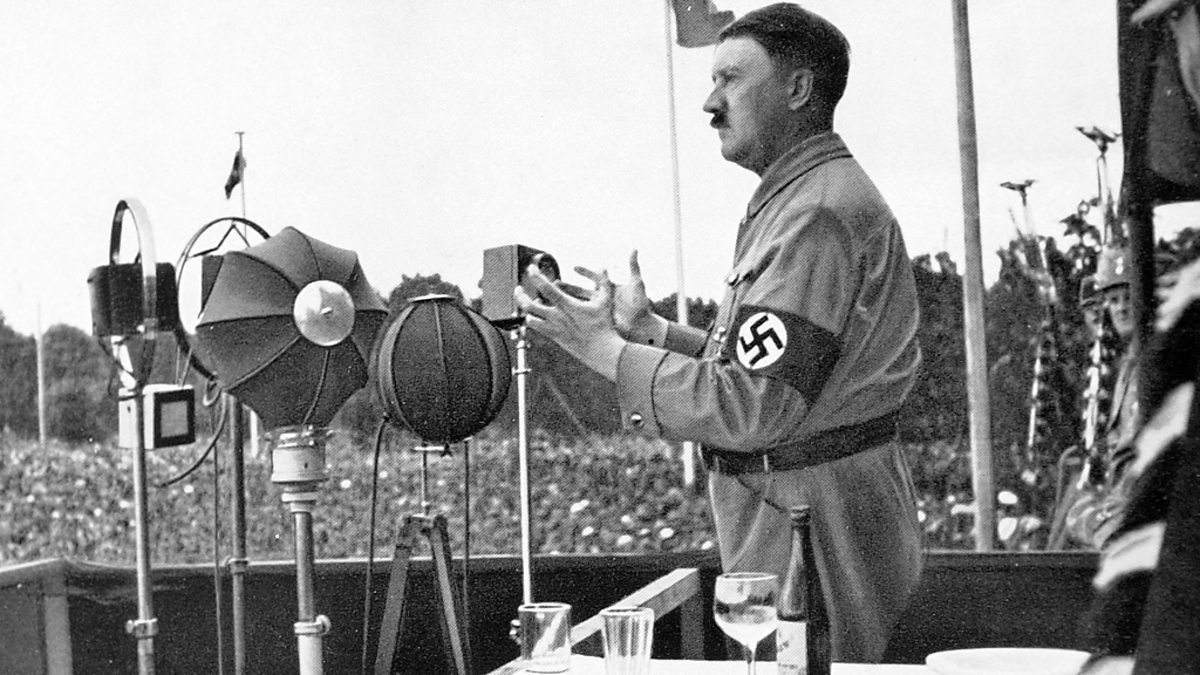
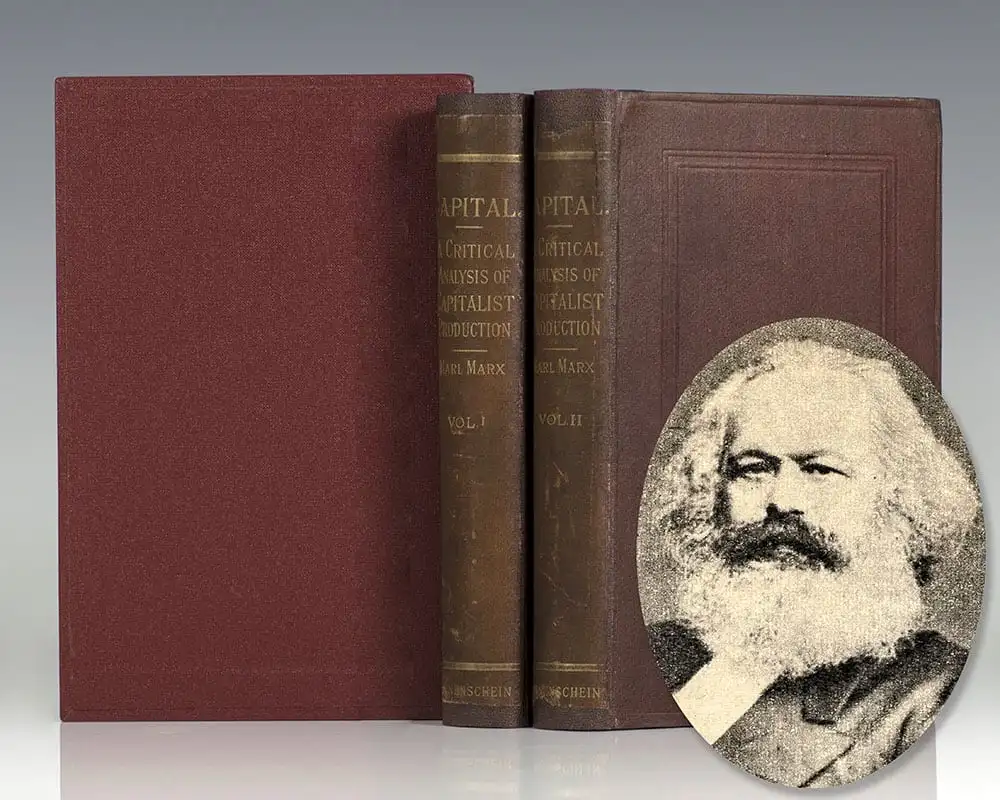

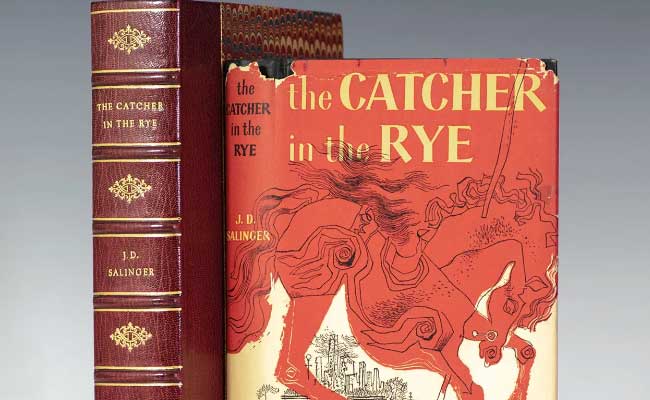
2 thoughts on “Padma Nadir Majhi”